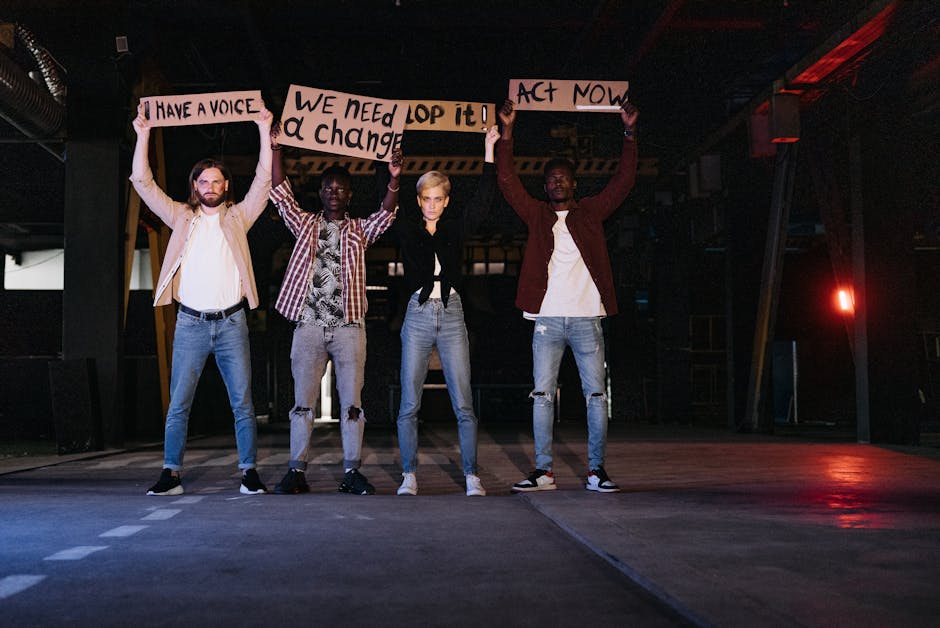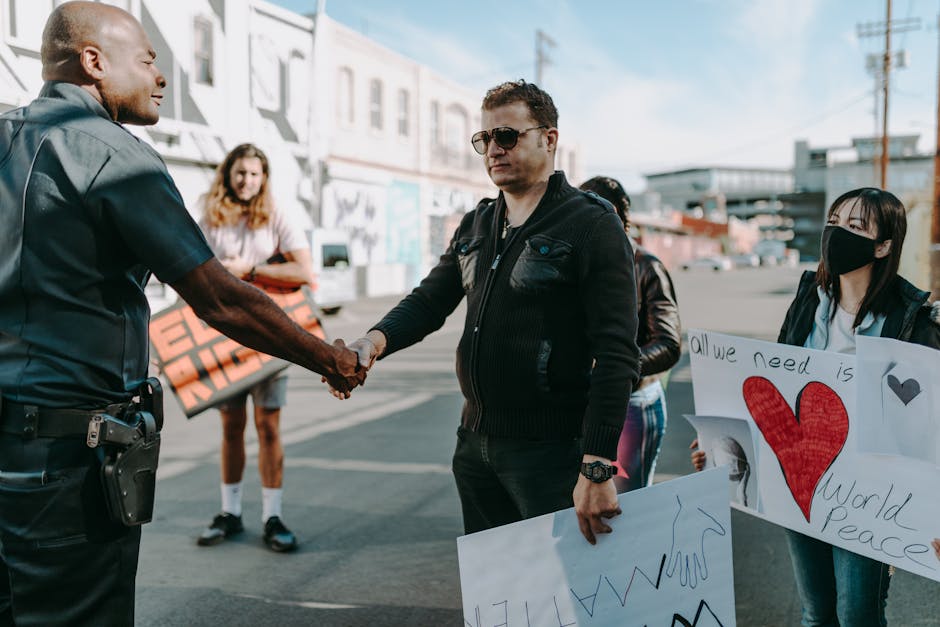Understanding Digital Rights in Activism
Activism has long been a cornerstone of societal progress and change. From civil rights movements to environmental campaigns, activists have utilized various tools and strategies to fight for justice and equality. In today’s digital age, the landscape of activism has evolved, with the internet and social media playing a crucial role in mobilizing individuals and amplifying voices. However, with this digital transformation comes a new set of challenges and considerations regarding digital rights in activism.
What exactly are digital rights in activism, and why are they important? In this comprehensive guide, we will delve into the intricate world of digital rights in activism, exploring the various facets, implications, and controversies surrounding this critical topic. From understanding the historical context to navigating current issues and debates, this article aims to provide a thorough examination of digital rights in activism.
The Evolution of Activism in the Digital Age

Activism has always been about raising awareness, mobilizing communities, and effecting change. In the past, activists relied on traditional means of communication such as pamphlets, rallies, and word of mouth to spread their message. However, with the advent of the internet and social media, the landscape of activism has been revolutionized.
Today, activists can reach a global audience with the click of a button, harnessing the power of social media platforms to organize protests, share information, and galvanize support. Digital tools and technologies have democratized activism, empowering individuals to become agents of change in ways that were previously unimaginable.
However, this digital revolution has also brought about new challenges and considerations for activists. Issues such as online censorship, surveillance, and privacy infringement have become prevalent, raising concerns about digital rights in activism.
The Intersection of Technology and Activism

Technology has become an integral part of activism, enabling activists to connect, collaborate, and mobilize on a global scale. Social media platforms like Twitter, Facebook, and Instagram have become powerful tools for spreading awareness and organizing campaigns. Hashtags, viral videos, and online petitions have become common tactics used by activists to amplify their message and reach a wider audience.
However, the use of technology in activism also raises important questions about digital rights. Who owns the data collected during online campaigns? How can activists protect themselves from online surveillance and cyber attacks? These are just a few of the issues that activists must grapple with in the digital age.
Moreover, the use of algorithms and artificial intelligence in social media platforms has raised concerns about censorship and manipulation. Activists must navigate these complex systems to ensure that their message is not silenced or distorted in the online sphere.
Protecting Digital Rights in Activism

Given the importance of digital rights in activism, it is essential for activists to take proactive measures to protect themselves and their communities. Encryption, secure communication channels, and digital security training are just a few of the tools that activists can use to safeguard their digital rights.
Additionally, understanding the legal framework surrounding digital rights is crucial for activists. Laws governing online speech, data privacy, and surveillance vary from country to country, making it essential for activists to be informed about their rights and responsibilities in the digital space.
Collaboration with tech experts, lawyers, and human rights organizations can also help activists navigate the complex landscape of digital rights. By working together, activists can develop strategies and solutions to protect their digital rights and further their cause.
Case Studies: Digital Rights in Action

To illustrate the importance of digital rights in activism, let’s explore some real-life case studies where digital rights have played a critical role in shaping the outcome of activist movements.
In 2014, during the Umbrella Movement in Hong Kong, protesters utilized encrypted messaging apps to coordinate their actions and evade government surveillance. By protecting their digital communications, activists were able to organize peaceful protests and amplify their message without fear of reprisal.
In the United States, advocacy groups like the Electronic Frontier Foundation have been at the forefront of protecting digital rights in activism. Through legal action, public awareness campaigns, and policy advocacy, these groups have worked to defend online privacy, free speech, and digital security for activists and individuals alike.
Expert Opinions
According to cybersecurity expert Dr. Jane Smith, “Digital rights are not just a theoretical concept; they are essential for the protection of activists and the preservation of democratic values. As activists continue to harness the power of technology to drive social change, it is imperative that we prioritize digital rights in our advocacy efforts.”
Legal scholar Professor John Doe adds, “The intersection of technology and activism has created a new frontier for human rights. By understanding and defending digital rights, activists can ensure that their voices are heard and their movements are protected in the digital age.”
Common Misconceptions about Digital Rights in Activism
One common misconception about digital rights in activism is that only tech-savvy individuals need to be concerned about online security. In reality, all activists, regardless of their technical expertise, should be aware of digital rights issues and take steps to protect their digital communications.
Another misconception is that digital rights only apply to online activism. In fact, digital rights encompass a wide range of issues, including data privacy, online surveillance, and freedom of speech, that are relevant to all forms of activism, both online and offline.
Comparative Analysis: Digital Rights vs. Digital Responsibilities
While digital rights are essential for protecting activists and their movements, it is also important to consider digital responsibilities. Activists have a responsibility to use technology ethically, respect the privacy of others, and uphold democratic values in their online actions.
By striking a balance between digital rights and responsibilities, activists can create a more inclusive, transparent, and secure digital space for advocacy and social change.
Conclusion
To wrap things up, understanding digital rights in activism is essential for the success and sustainability of activist movements in the digital age. By prioritizing digital security, data privacy, and online freedom, activists can protect themselves and their communities from digital threats and continue to drive positive change in society.
As we navigate the complexities of the digital world, let us remember that digital rights are human rights, and they must be upheld and defended by all who seek justice, equality, and freedom.




